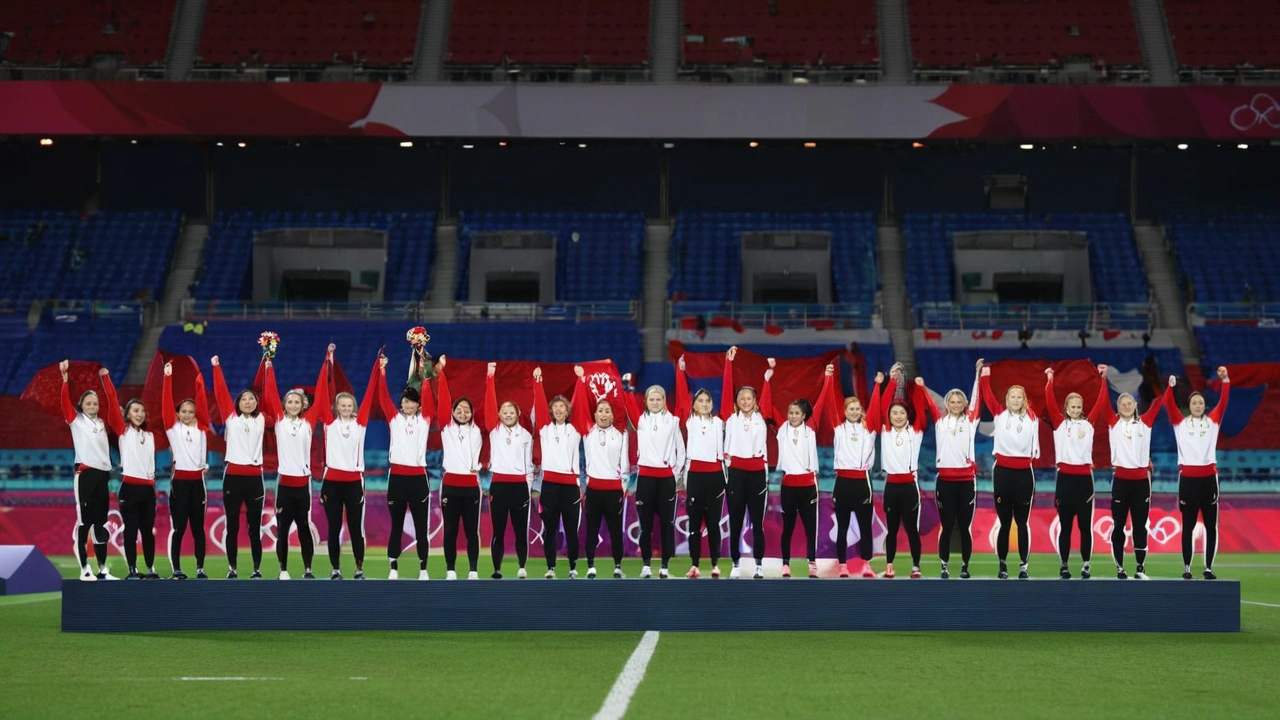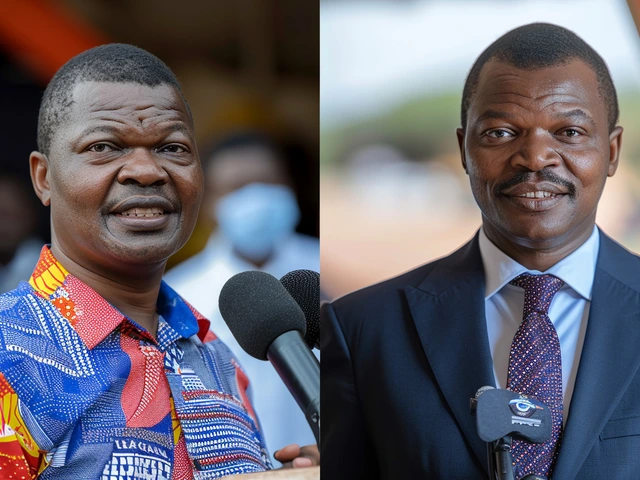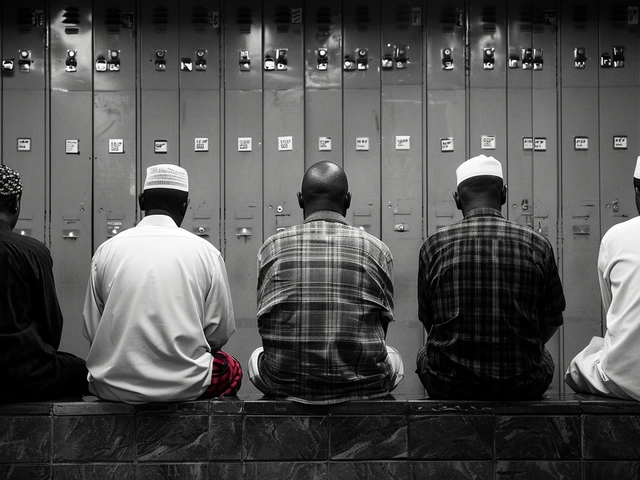Olympics Drone Scandal: What It Means for Safety, Privacy and the Games
Did an unmanned aircraft really breach Olympic airspace and spark an international row? Reports of drones near venues have raised obvious questions: who was flying them, what data did they capture, and how did they get past no-fly protections? This tag collects news, analysis, and practical explainers so you can follow the story without the noise.
First, why this matters right now. A drone over a large crowd isn't just a nuisance — it can injure people if it falls, record sensitive moments, or carry devices that interfere with broadcast and communications. For athletes and teams, an unauthorized drone can mean leaked training footage or targeted surveillance. For organisers, it’s an embarrassment and a test of security planning.
How drones bypass Olympic protections
Organisers set up no-fly zones and use geofencing to keep drones away. Yet some drones ignore those limits. That can happen when operators turn off GPS, use GPS spoofing tools, or fly manually from nearby rooftops where enforcement is weak. Another gap is identification: without mandatory Remote ID, a drone in the sky can look anonymous, making it hard for authorities to trace the owner quickly.
Technology and human error also play a role. Detection systems like radar and RF scanners help spot drones, but they aren’t perfect in crowded cities. Security teams may lack training or clear legal tools to disable an intruding drone without breaking local laws on jamming and countermeasures.
What investigators and organisers do next
When a breach happens, the immediate steps are straightforward and often visible: capture video evidence, pull nearby CCTV and broadcast feeds, request drone flight logs from manufacturers or app providers, and check for serial numbers if the device is recovered. Then comes the legal work — identifying the operator, determining intent, and deciding on prosecution or fines.
On the prevention side, organisers can tighten rules by requiring Remote ID for all drones near venues, boosting detection tools, and training rapid-response teams to recover or land rogue drones safely. Governments and Olympic committees also need clear laws about electronic countermeasures so security teams can act without legal risk.
What does this mean for Africa and African athletes? Major events hosted on the continent will face the same risks. National Olympic committees and event planners should budget for drone detection and clear enforcement plans. Broadcasters and sponsors must also demand stronger guarantees that feeds and rights won’t be compromised by unauthorized aerial footage.
Follow this tag for real-time updates, expert pieces on technology and law, and concise explainers about what each new revelation actually changes. If you want practical guidance — for organisers, journalists, or fans attending events — check our latest posts under this tag. We’ll keep tracking investigations, tech fixes, and official responses so you know what to watch next.
The Canadian women's Olympic football team faces a six-point deduction and year-long bans for three coaches due to a drone spying incident. Caught flying a drone over New Zealand's practice, two assistants and head coach Bev Priestman are deemed responsible for breaching fair play principles. The Canadian federation faces a 200,000 Swiss franc fine.
Recent-posts
Sep, 1 2025






